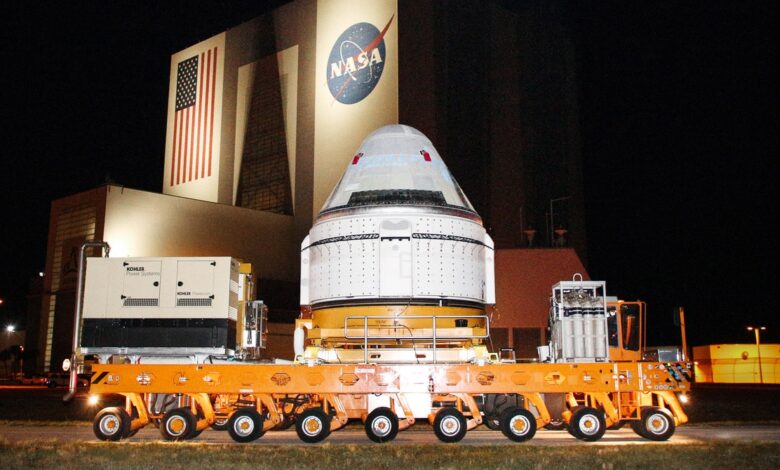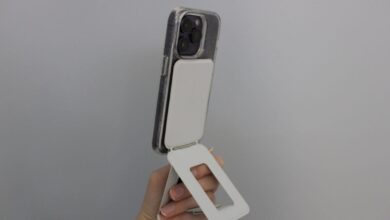Boeing Starliner returns home in uncertain future

To date, NASA has paid Boeing about $2.7 billion of the potential $4.6 billion value of the commercial crew contract, according to Finch. The Starliner contract NASA awarded Boeing in 2014 was originally worth a maximum of $4.2 billion, but contract amendments since 2014 have added $400 million to the deal. Most of the money NASA has paid Boeing to date has gone toward Starliner development costs, while the remaining contract money will cover future service payments for operational flights.
So if Boeing abandons Starliner, the company would lose nearly $1.9 billion in potential revenue from NASA, still more than the $1.6 billion loss the company has incurred on the program so far.
Ready to go
Since deciding to bring Starliner home without a crew last month, NASA managers have been considering plans to have the spacecraft leave the space station on autopilot. Preparations included updating Starliner’s software parameters to allow for an automated separation. Then, last Thursday, NASA officials convened a Flight Readiness Review and cleared Starliner to return to Earth.
“Everyone said ‘go’ in that review, depending on the vehicle’s operational status and landing weather,” said Steve Stich, NASA’s commercial crew program manager. “So we’re going to do undock and land on Friday.”
As Starliner approached the space station on June 6, five of the ship’s 28 Reaction Control System (RCS) thrusters failed, forcing Wilmore to take manual control while ground controllers attempted to recover some of the thrusters.
Engineers have been testing the thrusters and analyzing data for more than two months to figure out what caused the thruster failures. Ground teams have been able to get four of the five failed thrusters back online, but NASA officials can’t guarantee that the same thrusters, or possibly more, won’t overheat and fail again as Starliner leaves the station and heads toward its reentry target.
Investigators found that repeated pulses of RCS beams led to elevated temperatures in the thrusters. This could have caused a gasket in each thruster to swell and deform, restricting the flow of propellant, NASA officials said.
Stich said Wednesday that possible solutions to the problem on future Starliner flights include changing the way the ship fires its thrusters to avoid overheating, changing the seal design, and modifying the doghouse-shaped thruster bays where the thrusters sit on the spacecraft’s service module. The design of these “doghouses” causes them to retain heat like a thermos, exacerbating the heat problem.
Boeing and NASA also had to deal with a helium leak that plagued the Starliner test flight. Engineers believe a separate set of worn seals is causing the helium leak, which the spacecraft uses to pressurize its propulsion system and feed propellant into its thrusters. Ground controllers closed valves to isolate the helium system and seal the leaks while Starliner was docked at the space station. Those isolation valves will open before Starliner leaves the space station, but NASA officials said the spacecraft had enough helium for the six-hour flight from separation to landing Friday night.
Wilmore and Williams were originally planning to stay on the space station for about eight days, but will now remain at the complex until February, when they will return home on a SpaceX Dragon spacecraft.
Dana Weigel, NASA’s ISS program manager, said Wednesday that the Starliner astronauts, both veterans of the previous six-month stay on the space station, are fully trained to perform spacewalks, operate the lab’s robotic arm and conduct science and maintenance experiments. They will be fully integrated into the space station’s long-term crew, which typically consists of seven residents. With the Starliner crew’s extended stay, the station’s crew size has increased to nine.
The crew change forced NASA to removes two astronauts from next SpaceX Crew Dragon flight will launch to the ISS later this month, leaving two empty seats for Wilmore and Williams when the Dragon spacecraft returns to Earth early next year. This upcoming SpaceX crew rotation will bring the station’s crew size back to its usual seven US astronauts and Russian cosmonauts.
This story originally appeared on Ars Engineering.




